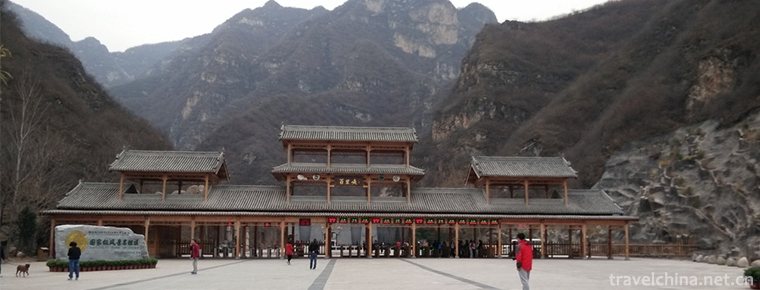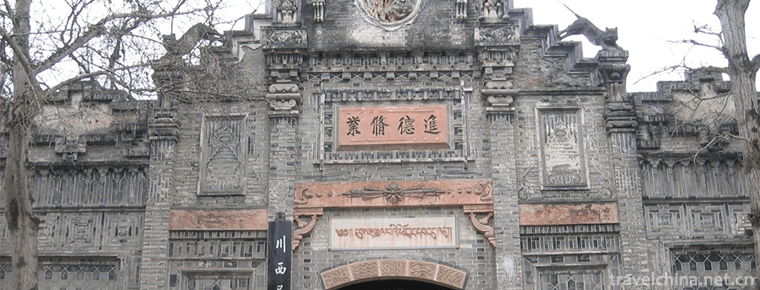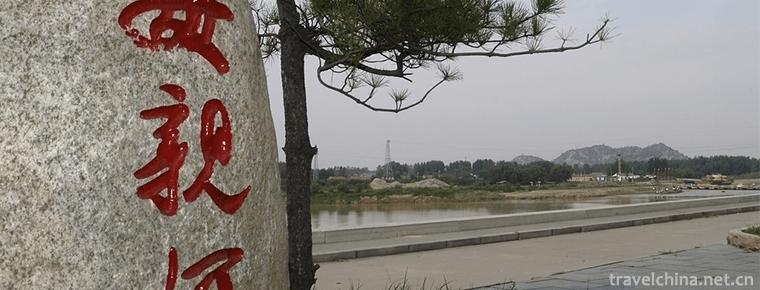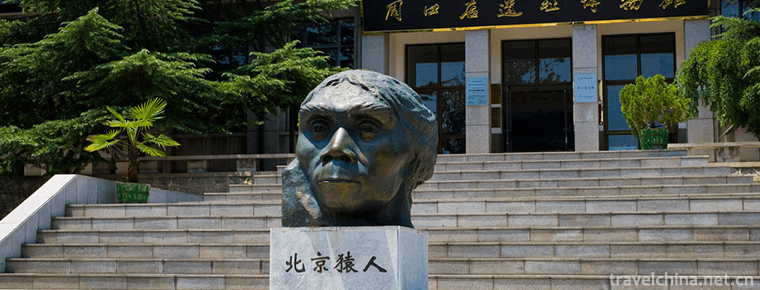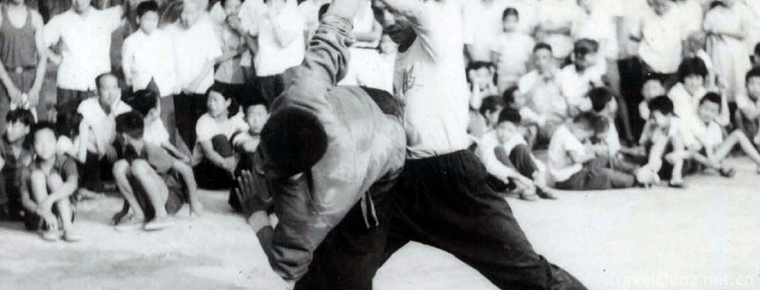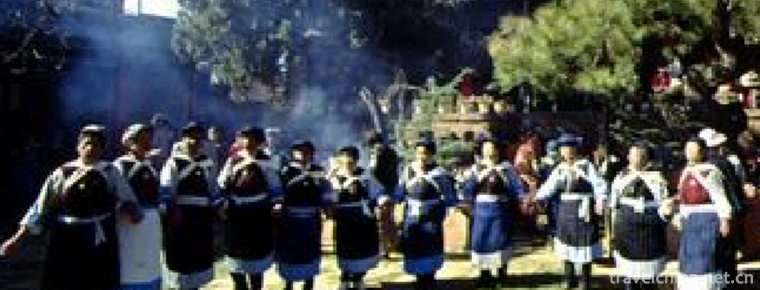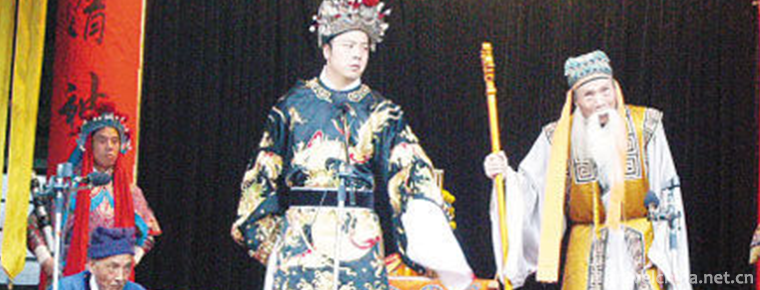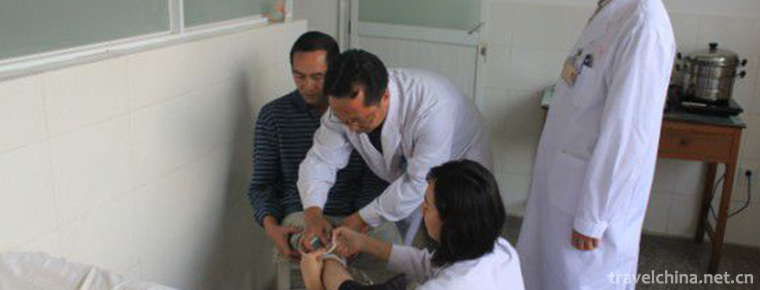Great Wall of Ming Dynasty in Datong County
Great Wall of Ming Dynasty in Datong County
According to documents, the Great Wall of Qinghai Province in the Ming Dynasty was built in the middle of the Ming Dynasty. It lasted 51 years from 1546 to 1596.
brief introduction
The construction process has gone through three stages. The Great Wall of the Ming Dynasty, located in Datong County, Xining City, was built in the six years of Longqing in the Ming Dynasty. It is about 29 miles long and situated on the ridges of Niangniang Mountain, Laoye Mountain and Mutual Aid Wufeng Mountain. From the current situation of the Great Wall preservation in the whole province, the Great Wall of Ming Dynasty in Datong is a relatively complete preservation section, and is also the essence part of the Great Wall of Ming Dynasty in Qinghai Province. In 1986, it was approved as a key cultural relics protection unit at the county level, and in 1988, it was approved as a key cultural relics protection unit at the provincial level.
Summary
The Great Wall of Datong Ming is the highest site of the Great Wall of Ming Dynasty in the world. It is 50245 meters old. It begins at the junction of Datong and Huzhu County in the East and ends at the junction of Datong and Huangzhong County in the west. From Lao Ye Mountain to Beichuan River, from Xiaoshishan Mountain to Gongbeiling Mountain, the Great Wall not only concentrates many enemy buildings, Guancheng, Yingcheng, Sanctuary and beacon towers, but also integrates ingeniously with the lofty and steep natural mountains, forming an easy-to-defend and difficult-to-attack momentum, which has high aesthetic value and is praised by experts as Badaling Mountain in Qinghai. In 2007, the Ming Dynasty Great Wall site in Datong County was listed in the National Great Wall Protection Plan. This is the highest known site of the Great Wall of the Ming Dynasty in the world. According to the textual research of domestic experts in recent years, it is found that the Great Wall of Datongming is a defense system built around Xining Wei, which is called the Badaling Great Wall of Qinghai.
History
According to historical records, the Great Wall of Ming Dynasty in Xining was built by Wang Jifang and Zhou Jing, Deputy military envoys of Xining, in the twenty-fifth year of Jiajing in the Ming Dynasty (1546 A.D.), and then completed the project of the Great Wall of Xining in Qinghai after many large-scale constructions in the first year of Longqing, the sixth year of Longqing, the first year of Wanli, the second year of Wanli and the twenty-fourth year of Wanli.
The Great Wall of the Ming Dynasty in Datong was repaired twice in the Qing Dynasty. According to Xin Zhi Jianjian of Xining Prefecture, "In the ten years of Yongzheng of the State Dynasty, Shijie, Minister of Printing of the General Officer of Xining, invited work to be restored. In the ten years of Qianlong reimbursement, Zhang Du of Tongzhi County made donations to the disabled areas. Although there were gains and losses in the trenches, the scale was still the same." "The scale is still the same" indicates that although the Great Wall of Ming Dynasty in Xining at that time underwent second repair, it did not change the original appearance of the Great Wall of Ming Dynasty, nor did it undergo "re-repair".
On March 25, 2008, the provincial Bureau of Cultural Relics and the provincial Bureau of Surveying and Mapping formed an investigation team to investigate it. At present, the Great Wall of Datongming has been listed in the National Great Wall Protection Plan, which is a national key protection unit. In order to preserve this rare historical landscape and further enrich the connotation of historical and cultural tourism around Xining, Datong County recently hired experts from Lanzhou University and Dunhuang Art Research Institute to make a comprehensive investigation of the Ming Great Wall site. Based on the investigation results, a detailed "Datong County Ming Great Wall Protection Plan" was formulated to build the Great Wall of Datong into a public site of the Ming Great Wall. Park, ultimately achieve the goal of protection and development win-win. At the same time, the emergency reinforcement project of Datongming Great Wall has been declared and approved by the State Administration of Cultural Relics. The preliminary design and planning work is under way.


Great Wall of Ming Dynasty in Datong County
-
Yesanpo Scenic Area Laishui County Baoding
The Yesanpo Scenic Area of Laishui County, Baoding City, Hebei Province, is located in Laishui County, Baoding City. The Taihang Mountains and Yanshan Mountains
Views: 241 Time 2018-11-24 -
Dayi Liushi Manorial Museum
Dayi Liu Manor Museum, located at No. 15 Jingui Street, Anren Town, Dayi County, Chengdu City, Sichuan Province, is one of the most important historical sites and representative buildings in modern Ch
Views: 226 Time 2018-12-26 -
Jinan Baili Yellow River Scenic Area
Jinan Baili Yellow River Scenic Area is adjacent to the northern part of Jinan City. The south gate of the Scenic Area is directly connected to Jinan City's central axis - Jilu Road
Views: 104 Time 2019-01-20 -
Golden Sands Beach
Golden Beach is located in the southern end of Shandong Peninsula, the Yellow Sea coast of Qingdao Huangdao District, Golden Beach Road. It is bordered by the Yellow Sea in the South and stretches
Views: 148 Time 2019-01-26 -
Peking Man Site at Zhoukoudian
Zhoukoudian Peking Man Site, located in Longgu Mountain, Fangshan District, Beijing, is an important Paleolithic site in China. Since 1927, three complete skulls and some remnants have been found in t
Views: 135 Time 2019-03-20 -
Eight polar boxing
Bajiquan is a kind of boxing in Chinese Wushu. The word "eight poles" of this boxing method originated from the concept of Palaeogeography and originated from the Han Dynasty
Views: 244 Time 2019-04-02 -
Hanju Opera
Han Opera, a local traditional drama in Wuhan, Hubei Province, is one of the national intangible cultural heritage.
Views: 182 Time 2019-05-02 -
Naxi Remei Biao
"Remei Biao" is also known as "Wo Yo Ye", which is a collective folk custom that has been spreading for thousands of years. There are more than ten people at least and hundreds of
Views: 219 Time 2019-06-07 -
Tang Sancai Techniques
Tang tri coloured firing technique originated from the early Tang Dynasty. The tri coloured glazed pottery of Tang Dynasty, as the essence of traditional Chinese art in the Tang Dynasty, has a history
Views: 153 Time 2019-06-18 -
Lotus in Wenzhou
Wenzhou lotus is a local opera evolved from Wenzhou Taoism, and it is also one of the main operas in Zhejiang Province. It has spread to Wenzhou (including the counties under its jurisdiction) and par
Views: 124 Time 2019-06-28 -
Yi Medicine Water Plaster Therapy of Yi Medicine
Yi medicine is the summary and wisdom crystallization of the Yi people's long-term struggle against disease, and it is an important part of the great treasure house of Chinese medicine. There are thou
Views: 227 Time 2019-07-12 -
Zhenwu mountain ancient Temple Group
Zhenwu mountain ancient Temple group is located in the urban area of Yibin City, adjacent to Cuiping mountain, with an altitude of 396 meters. It is named for Zhenwu temple on the mountain, covering an area of more than 50 mu.
Views: 237 Time 2020-10-16
